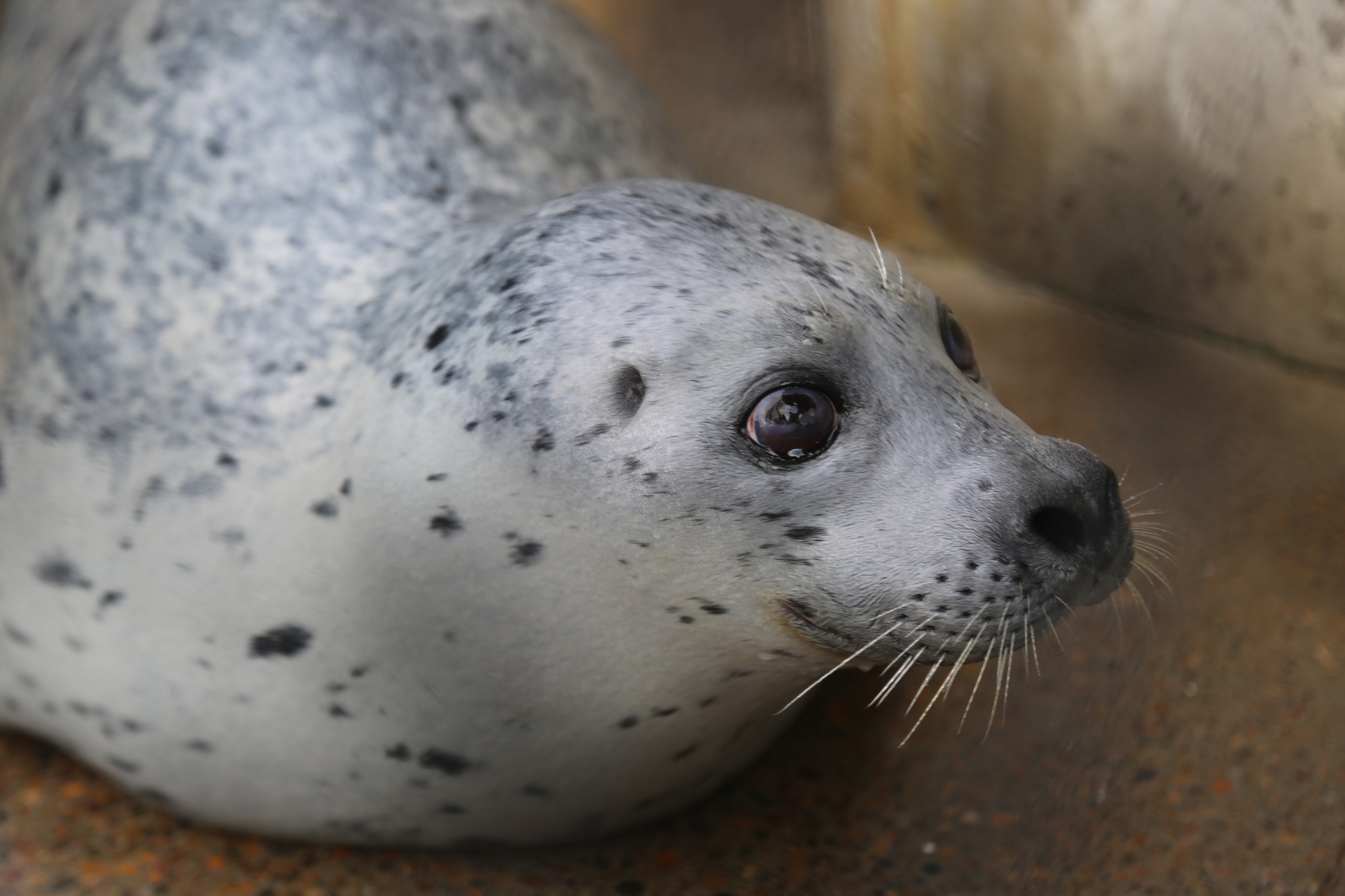- Introduction to Skinny: Oldest Living Seal in Human Care
- Overview of Seal Longevity and Lifespan in Captivity
- Daily Care and Enrichment for Elderly Seals
- Contributions to Zoology and Wildlife Conservation
- Importance of Conservation and Ethical Treatment
At 49 years old, Skinny is currently the oldest living seal in human care, a remarkable testament to advances in zoological science and animal husbandry. Her longevity offers insights into the life and care of marine mammals, highlighting both the achievements and ongoing challenges in zoo management and wildlife conservation.
Introduction to Skinny: Oldest Living Seal in Human Care
Skinny’s age, 49 years, stands out among marine mammals in captivity. As the sassiest seal in her pool, her caretakers often note her unique quirks. They jest that if she blinked, another decade might just fly by. This playful remark underscores her remarkable lifetime and the affectionate relationship she shares with her keepers. Her extended age is a reflection of the dedicated care she receives, signifying the importance of specialized programs developed for marine mammals in zoological establishments.
Overview of Seal Longevity and Lifespan in Captivity
Seals generally live 20 to 30 years in the wild, with longevity significantly influenced by factors such as predation, disease, and environmental changes. In contrast, seals in human care can live longer due to the absence of predators, regular veterinary care, a consistent food supply, and a controlled environment. Skinny’s longevity epitomizes the advancements in veterinary medicine, dietary management, and environmental enrichment provided by modern zoological facilities.
A critical factor in increasing the lifespan of seals in captivity is comprehensive health monitoring. Regular veterinary check-ups, blood tests, ultrasound scans, and dental care are routine for elderly seals. These medical practices are pivotal in detecting and managing age-related health issues promptly. Skinny’s life is a testament to the effectiveness of these specialized care programs.
Daily Care and Enrichment for Elderly Seals
As seals age, their physical and cognitive needs change. Skinny’s caretakers have meticulously adjusted her care regimen to cater to her evolving requirements. Dietary modifications are essential, ensuring that she receives a balanced diet that supports her aging body. Special attention to nutrient intake and food variety helps keep her in optimal health.
Enrichment activities are customized to engage her mentally and physically. These activities might include interactive toys, puzzles, sensory stimulation, and social interactions with trainers and other seals. These strategies are crucial for maintaining cognitive health and preventing boredom, which can lead to stress or depression in captive animals.
In addition to enrichment, regular exercise is vital for Skinny. Swimming sessions, target training, and controlled play are integrated into her daily schedule. This physical activity helps maintain her muscular and cardiovascular health, ensuring she remains active and agile despite her age.
Contributions to Zoology and Wildlife Conservation
Skinny’s extended life offers valuable data for zoological research and wildlife conservation efforts. Her longevity provides insights into the aging process of marine mammals, helping scientists and veterinarians understand the best practices for caring for elderly animals in captivity. Studies on Skinny’s health, behavior, and diet contribute to a broader knowledge base that can be applied to both captive and wild populations.
Moreover, Skinny serves as an ambassador for her species, raising awareness about the challenges facing marine life. Her story highlights the critical role of conservation initiatives and the importance of protecting natural habitats. Programs focused on seal conservation often use such high-profile individuals to educate the public and garner support for wildlife preservation efforts.
The experiences and data gathered from Skinny’s life help refine techniques used in animal husbandry, contributing to the development of more effective conservation strategies. This knowledge is shared among zoological institutions worldwide, promoting a collaborative approach to preserving marine species.
Importance of Conservation and Ethical Treatment
Skinny’s longevity emphasizes the significance of ethical treatment and conservation of marine mammals. Ethical considerations include providing animals with a habitat that closely mimics their natural environment, minimizing stress, and promoting natural behaviors. This approach not only enhances the well-being of captive animals but also supports the broader goal of wildlife conservation.
Conservation programs aim to protect marine ecosystems from threats such as pollution, climate change, and overfishing. By safeguarding these environments, we help ensure the survival of seal populations in the wild. Initiatives like captive breeding, rehabilitation, and release programs are essential components of conservation strategies.
Educating the public about the plight of seals and other marine animals is also crucial. Zoos and aquariums play a pivotal role in this educational process, using animals like Skinny to illustrate the impacts of environmental degradation and the importance of conservation efforts.
Skinny’s legacy extends beyond her pool. She symbolizes the intersection of science, conservation, and education, inspiring people to engage in the protection of marine life. Her caretakers’ dedication underscores the importance of compassionate and informed care, setting a standard for the treatment of animals in captivity.
In summary, Skinny’s remarkable lifespan highlights the achievements in zoological care and the ongoing need for conservation efforts. Her life provides valuable insights into the aging process, helping improve care practices for elderly seals. Through her story, we gain a deeper understanding of the importance of ethical treatment and the critical role of conservation in preserving marine species.
*****
Source Description
At 49 years old, we have reason to believe Skinny is currently the oldest living seal in human care! 🤯 Her caretakers describe her as the sassiest seal in the pool, and often joke that she doesn’t blink–if she did, another decade might just fly by.


